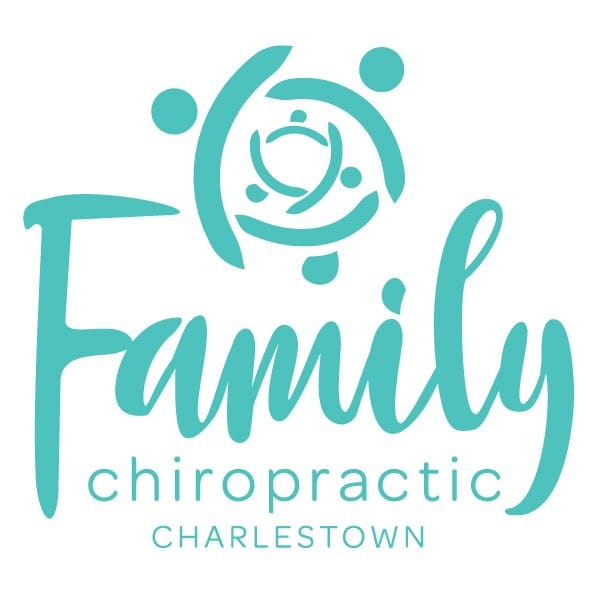Head Injury And Concussion
That team sport is important for children’s health and development is a given fact. It increases fitness and social wellbeing, teaches resilience and emotional control as well as time management and respect for rules. However, as the kids return to the playing fields for the season there is one aspect I dread: the number of head clashes and concussions I’ll hear about tend to increase dramatically. Obviously head trauma can happen anywhere: falls out of trees, tussles with siblings or even falling the wrong way at dancing, but in my experience incidents while playing sports like soccer, netball, basketball and rugby league seem to be the most frequent causes.
33 million children get concussed each year worldwide, a number that has increased 60% over the past decade. The reason why this has increased so much is hard to know, but with the intense media coverage concussion and repeated head injury in professional sports has had over the past few years, that probably has had a lot to do it. It is estimated that only about 20% of concussions in children are being picked up, and the number of kids receiving appropriate treatment is even lower. Kids aged 8-13 years sustain the highest number of concussions and 60% are girls. The reason for these 2 facts are thought to be the relative size of the head compared to the development of the neck muscles as well as the relative ball to head size.
I often find that the kids I see in the practice roll their eyes at me when I urge them to wear helmets and head gear. Supposedly they are not cool and feel uncomfortable. Helmets protect the skull from impact and damage, minimising cranial fractures and contusions. Unfortunately, they don’t protect the brain from trauma at all. Concussion is a brain injury which happens when a moving head is stopped suddenly, and the brain is bounced off the sides of the skull. An impact concussion happens when there is a direct head clash, whereas the impulse concussion is a body collision which reverberates up the spine and that way causes an injury to the brain. Supposedly the forces involved in a concussion, so the speed of the brain hitting the skull, is ninety times the G force whereas a whiplash injury is a mere 4-10 times the G force. Concussion is one hit, but many little hits has the same cumulative damaging effect. Both cause brain injury! That’s why we as a chiropractors care so much about this.
The impact of the brain on the inside of the skull damages the structure and function of the nerve and support cells and causes changes to the cell metabolism as well as inflammation. Research has shown that within 2 hours of head trauma a leaky gut will have developed. All this will take some time to repair.
Concussion is not something to just shrug off and keep playing. It has the potential to cause long lasting problems with brain function. If your child has a collision on the field (or a fall off the skateboard) and seem disoriented, confused, dizzy, can’t focus eyes, or is vomiting, get your child off the field, not to return that day. Even if you are not sure your child actually had a concussion, it is better not to risk more damage to the brain: “If in doubt, sit it out”.
If your child continues to vomit, lose consciousness, has a seizure, has visual disturbances, one pupil bigger than the other, weakness of a leg or arm or seem dazed and doesn’t respond to your voice, call an ambulance immediately.
If you child has a headache, has vomited only once, is alert and interacts with you, you can care for your child at home. Rest is the number one factor for the brain to heal, especially the first 24-48 hours. Rest meaning sleep, easy reading, watching a calming family-type movie and gentle walking. Screen time, gaming, smart phone use is to be avoided completely, as is emotionally charged activities. This is not the time to discuss the need for keeping rooms clean or improving homework standards. It is OK for your child to sleep, but wake him/her every couple of hours, also through the night, to make sure there is no deterioration of brain function. Ask them age appropriate questions such as: What is your name? How old are you? Where are you? What day is it? Is it daytime or night-time? Do you know what my name is? If your child seems confused, seek medical help.
If you are interested to learn more about how to handle concussion the Royal Children’s Hospital in Melbourne has some good fact sheets outlining how to support return to school and sport. Not until the child has returned to school full time should the focus be on return to sport!
It is wonderful to know that our brains and our bodies have an amazing innate ability to heal. 80-85% of kids recover with no residual effects. Support your child’s healing with rest, nutritious food and maybe supplement with Vitamin C, probiotics and magnesium. Do give it time though; children’s brains take almost twice as long to repair as adults, so you are looking at 4-6 weeks. And of course, remember we are always here to help!
https://www.rch.org.au/kidsinfo/fact_sheets/Head_injury/
https://www.rch.org.au/kidsinfo/fact_sheets/Head_injury-return_to_sport/
